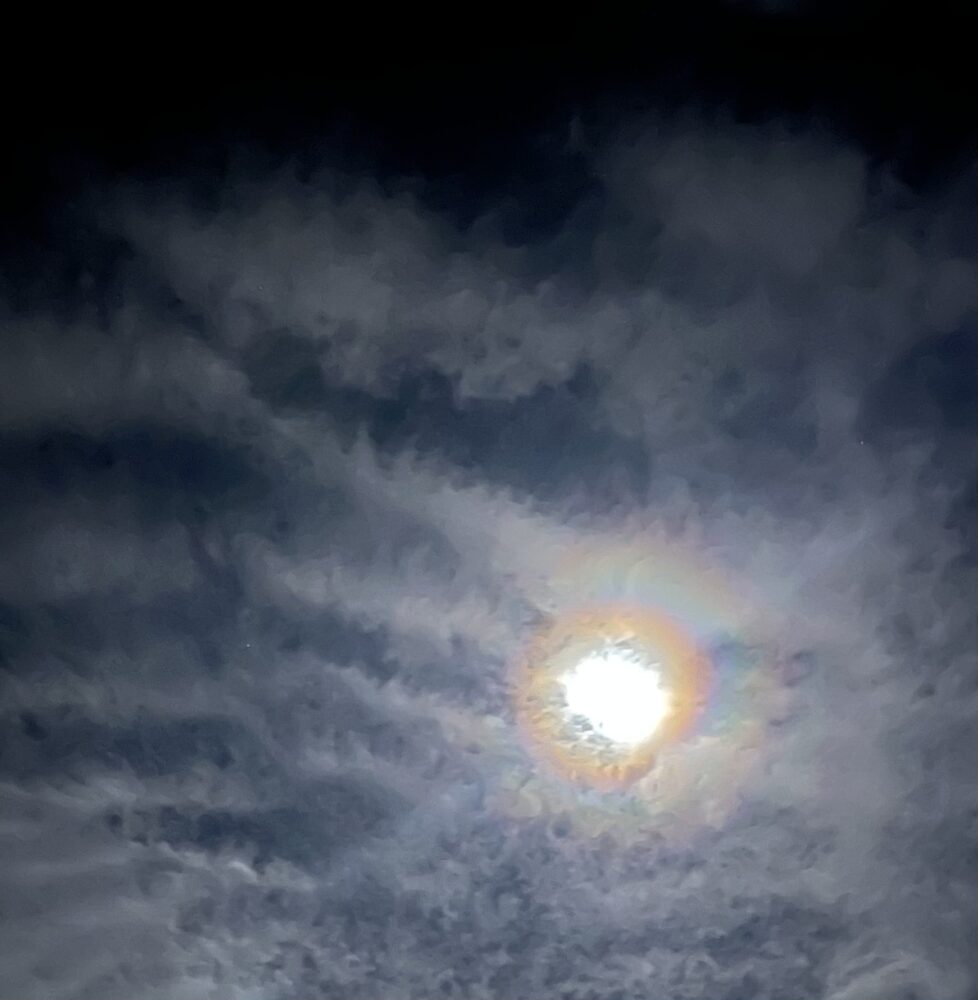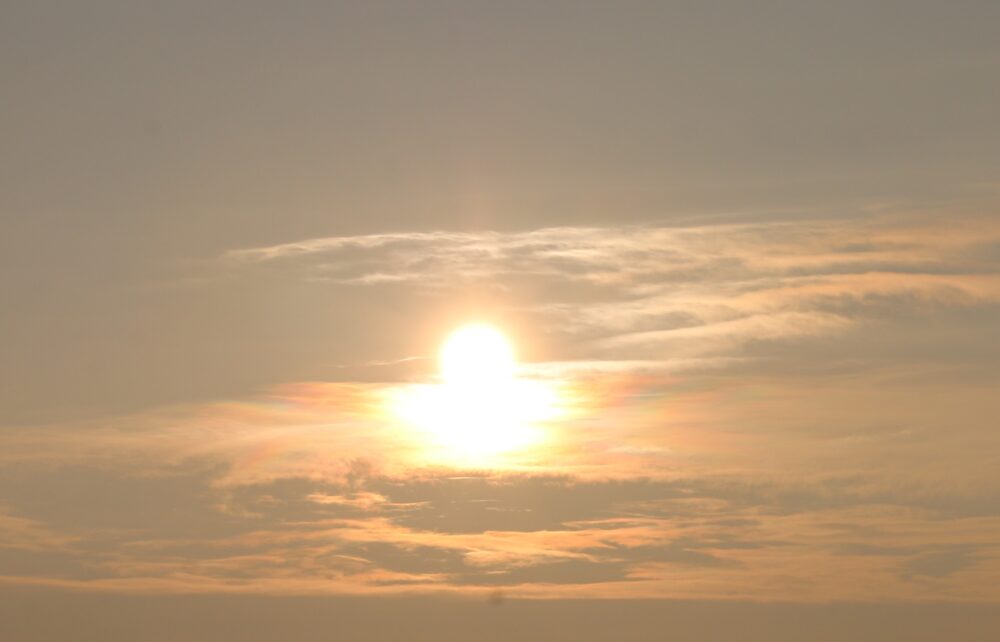Filter By:
Main Cloud Types
- Cumulus
- Stratus
- Stratocumulus
- Altocumulus
- Altostratus
- Cirrus
- Cirrocumulus
- Cirrostratus
- Nimbostratus
- Cumulonimbus
Other Clouds
- Arcus
- Asperitas
- Cap / banner clouds
- Capillatus
- Castellanus
- Cataractagenitus
- Cauda (Tail cloud)
- Cavum (Fallstreak hole)
- Congestus
- Contrail (homogenitus)
- Duplicatus
- Diamond dust
- Distrail
- Fibratus
- Flammagenitus (Pyrocumulus)
- Floccus
- Fluctus (Kelvin-Helmholtz)
- Fractus
- Homogenitus
- Horseshoe vortex
- Humilis
- Incus
- Intortus
- Lacunosus
- Lenticularis
- Mamma
- Morning Glory Cloud
- Murus (Wall cloud)
- Mediocris
- Nacreous
- Nebulosus
- Noctilucent
- Pannus
- Perlucidus
- Pileus
- Praecipitatio
- Radiatus
- Silvagenitus
- Spissatus
- Stratiformis
- 'Supercilium' (not official classification)
- Translucidus
- Tuba / Twister
- Uncinus
- Undulatus
- Velum
- Vertebratus
- Virga
- Volutus (Roll cloud)
Optical Effects
- 22° Halo
- 46° Halo
- Circumhorizon Arc
- Circumscribed halo
- Circumzenithal Arc
- Cloudbow / Fogbow
- Corona
- Crepuscular rays & shadows
- Diffuse arcs
- Green flash
- Glory
- Halos
- Helic arc
- Infralateral arc
- Iridescence
- Lower Sun Pillar
- Lower Tangent Arc
- Moonbow
- Moondogs
- Parhelic circle
- Parry antisolar arcs
- Parry arc
- Parry infralateral arc
- Parry supralateral arc
- Rainbow
- Sub parhelion
- Sub-sun
- Suncave parry arc
- Sun dog (Parhelion)
- Sun pillar
- Supernumerary bows
- Subparhelic circle
- Supralateral arc
- Upper tangent arc
- Wegener arc
The 20th March 2015 Solar Eclipse, smiling over East Yorkshire, UK.
3 thoughts on “Bob Carter”
Leave a Reply Cancel reply
You must be logged in to post a comment.
This site uses Akismet to reduce spam. Learn how your comment data is processed.
A plethora of contrails criss-crossing the sky over Catforth, Lancashire, England
Leave a Reply Cancel reply
You must be logged in to post a comment.
This site uses Akismet to reduce spam. Learn how your comment data is processed.
Asperitas in advance of a storm system over Beuningen, The Netherlands
Leave a Reply Cancel reply
You must be logged in to post a comment.
This site uses Akismet to reduce spam. Learn how your comment data is processed.
Cirrus spissatus spotted over the Poeh Cultural Center and Museum, Pojoaque, New Mexico, US
Leave a Reply Cancel reply
You must be logged in to post a comment.
This site uses Akismet to reduce spam. Learn how your comment data is processed.
Remnants of contrails infuenced by high level winds over Goodyear, Arizona, US
Leave a Reply Cancel reply
You must be logged in to post a comment.
This site uses Akismet to reduce spam. Learn how your comment data is processed.
Fog on a cold day along the High Road to Taos Scenic Byway, north of Santa Fe, near Pojoaque, New Mexico, US
Leave a Reply Cancel reply
You must be logged in to post a comment.
This site uses Akismet to reduce spam. Learn how your comment data is processed.
A developing storm spotted near Sacramento, California, US
Leave a Reply Cancel reply
You must be logged in to post a comment.
This site uses Akismet to reduce spam. Learn how your comment data is processed.
Sunset with dynamic colours, along with crepuscular rays and shadows, spotted over Vermontville, Adirondacks, New York, US
Leave a Reply Cancel reply
You must be logged in to post a comment.
This site uses Akismet to reduce spam. Learn how your comment data is processed.
Signs of asperitas, which Ruth titled as 'Hot Lips', spotted near Bigfork, Montana, US
Leave a Reply Cancel reply
You must be logged in to post a comment.
This site uses Akismet to reduce spam. Learn how your comment data is processed.
Lunar corona spotted over Ahualoa on the windward coast of Hawaii Island, Hawaii, US
Leave a Reply Cancel reply
You must be logged in to post a comment.
This site uses Akismet to reduce spam. Learn how your comment data is processed.
Sunset filled with contrails (homogenitus) over Taylor, Texas, US
Leave a Reply Cancel reply
You must be logged in to post a comment.
This site uses Akismet to reduce spam. Learn how your comment data is processed.
A dissipating cumulonimbus with remnants of an incus, spotted from inside a bus near Mogi Mirim, Brazil
Leave a Reply Cancel reply
You must be logged in to post a comment.
This site uses Akismet to reduce spam. Learn how your comment data is processed.
Iridescence spotted over Krzeszowice, Poland
Leave a Reply Cancel reply
You must be logged in to post a comment.
This site uses Akismet to reduce spam. Learn how your comment data is processed.
A sun dog spotted amidst a colourful sky over Dalmatia, Croatia
Leave a Reply Cancel reply
You must be logged in to post a comment.
This site uses Akismet to reduce spam. Learn how your comment data is processed.
Crepuscular ray at sunrise over Wellington, Aotearoa, New Zealand
Leave a Reply Cancel reply
You must be logged in to post a comment.
This site uses Akismet to reduce spam. Learn how your comment data is processed.
A thick layer of Stratus envelopes the hillside, spotted by Suraiya Essof over Signal Hill, Cape Town, South Africa
Leave a Reply Cancel reply
You must be logged in to post a comment.
This site uses Akismet to reduce spam. Learn how your comment data is processed.



















You might like to have sight of this fantastic view of the event – photo comes from NASA’s APOD page
http://apod.nasa.gov/apod/ap150331.html
– look for the rare “Bailey’s Beads” around the Sun’s circumference. These are akin to stunning brilliant blue and/or white sparkling diamonds with eye-blinding light. Celestial magic!
Laurence
More views of this marvellous vista for your enjoyment and marvel:-
http://asterisk.apod.com/viewtopic.php?f=29&t=34558
Laurence
A once in a lifetime vista. The last time I saw a complete – i.e. 100% solar eclipse, from memory, was in 2000. The next complete solar eclipse is not due to occur till the year 2090 by which time I, and many others reading this,, will have “pegged out” and truly burried and rotted or maybe cremated.
Laurence